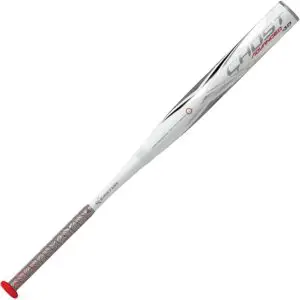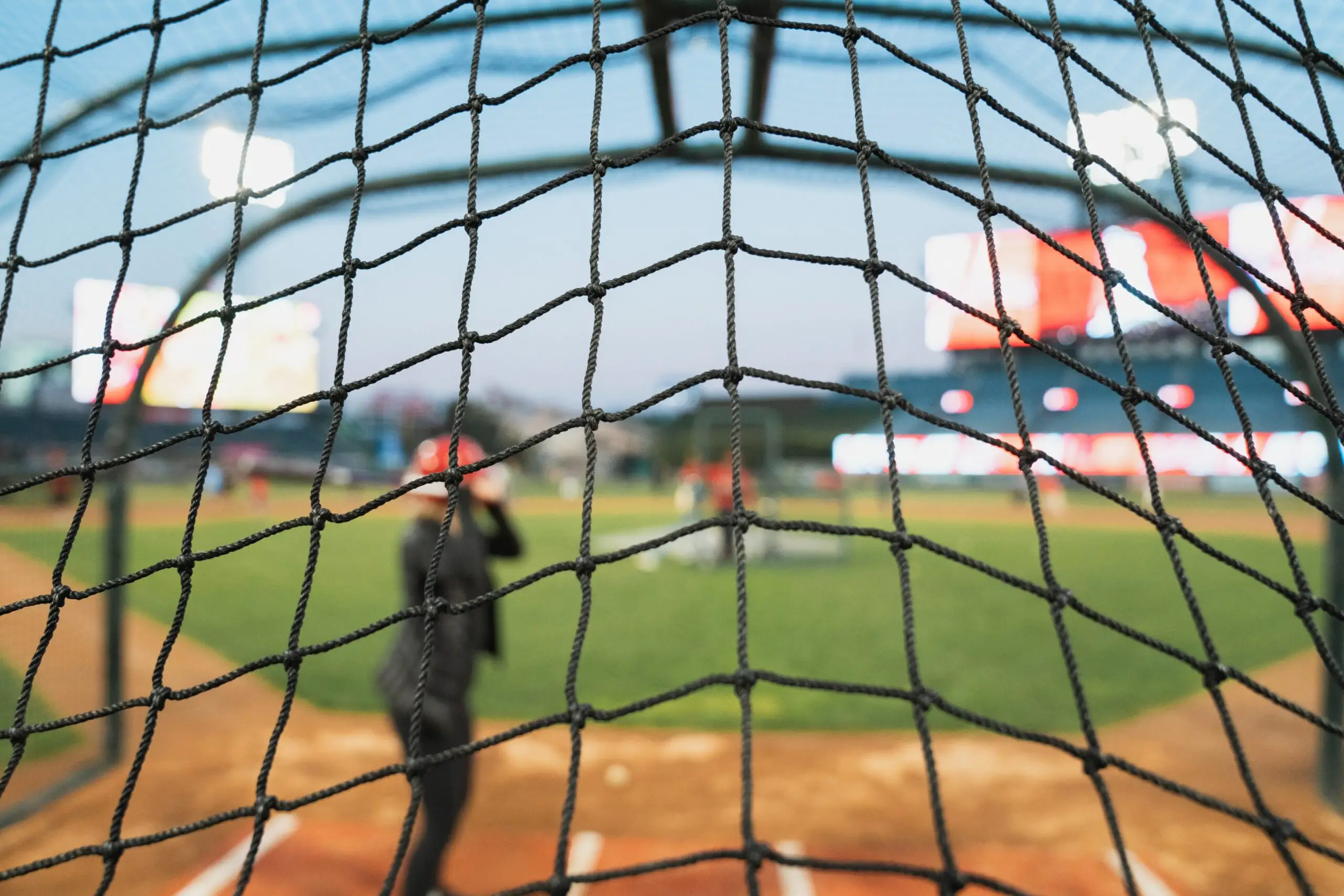Are you looking to master how to become an elite fastpitch softball player? If you’re not confident in your fastpitch pitching mechanics yet, keep reading. Explained below is everything you need to know about the fundamentals of softball pitching.
Basic Softball Pitching Form
The best place to start is with the basic softball pitching form.
It doesn’t matter if you’ve been playing softball for years or are brand new to the sport. Either way, it helps to make sure you have a thorough understanding of the basics of fastpitch pitching mechanics.
Here are some essential tips to keep in mind when setting up your pitching form:
Grip
One of the first things to master when practicing fastpitch softball pitching is your grip on the ball. Your grip can make or break your pitch.
For most pitchers, it’s helpful to turn the ball so that the seam makes “U” shape to the side, rather than facing up. Grip the ball so your fingers are resting on the seam.
Keep your grip tight, but don’t make it so tight that it strains your forearm. Line your wrist up with your arm as well. This can help you to prevent shoulder injuries.
Bringing the Ball and Glove Together
Once you’ve mastered your grip, you’ll need to get comfortable bringing the ball and glove together.
In most softball leagues, you’re required to do this before you can pitch the ball. Getting in the habit of bringing the ball and glove together also helps you to create a solid pitching rhythm.
For most pitchers, it’s comfortable to bring the ball and glove together near the waist at the front of the body. This keeps the pitching arm in a neutral position and helps you to save energy.
Arm Movements
There are several arm movements that make up a softball pitch, including the following:
- Backswing: This is the beginning of the pitch
- Arm rotation: This determines the power of the pitch — make sure the arm stays straight and rotates at the same speed from the beginning to the end of the pitch
- Final downswing: This finishes off the rotation and should be tight and consistent
- Release: This occurs when you release the ball — keep the hand turned up through the release and keep the body tall (don’t lean forward at the waist or lean to one side)
- Follow-through: Consistent arm movement during the follow-through will help to prevent injuries after pitching
If you can master these basic arm movements, you’ll be well on your way to becoming a great pitcher.
Footwork
The footwork plays just as much of a role in a good pitch as the arm movements. The following are important movements to master when practicing your foot pattern:
- Stepping stride: This is a less-aggressive approach that’s best for new pitchers — it involves stepping forward as far as you can while your arm is rotating
- Leaping stride: This is a more advanced movement, but it allows you to get better range of motion — you have to include drag, though, to prevent it from being an illegal move
- Drag: Drag involves keeping your back foot on the ground while leaping forward with your front foot — this gives you the power of a leaping stride without breaking any rules
If you’re a beginner, stick with the stepping stride for now. Over time, you can start practicing leaping and dragging when you feel more confident.
Common Fastpitch Softball Pitching Mistakes
Mastering the basic softball pitching form can help you avoid a lot of common mistakes. There are still some issues you’ll want to avoid as you begin taking your fastpitch softball game more seriously, though, including the following:
- Pivoting the foot: No matter what kind of stride you use, your feet should stay straight — don’t let your back foot pivot and take away your power
- Turning the palm backward: This takes away power from your pitch — keep your palm facing up at all times
- Cocking the wrist: Cocking the wrist also takes away power from your pitch — it should stay relaxed and neutral
- Bending the elbow: Instead of bending the elbow, keep the arm relaxed and neutral — this slows down your pitch, which is the exact opposite of what you want in fastpitch softball
Keep these mistakes in mind so you can avoid picking up bad habits and pitch without problems.
Tips for Better Fastpitch Pitching Mechanics
Now that you understand the basics and know what to avoid, let’s get into some additional steps you can take to become a fastpitch softball master. The following tips will help you to refine your pitch and take it to the next level:
- Always Warm-Up: Always start slow and go through a thorough warm-up before you get into your pitching drills — this will help you to avoid injuries
- Practice Distance Pitching: Distance pitching (pitching a few feet back from the plate) while practicing can help you to increase your power when you step closer
- Use a Weighted Ball: A weighted ball also helps to increase your power by creating additional resistance during practice
- Focus on Follow-Through: Don’t neglect your follow-through — a consistent follow-through motion will help you avoid injuries and get the maximum speed and momentum from your pitches
Adding these drills and techniques into your training sessions will help you to maximize them and start to improve your pitching mechanics faster.
Master Your Pitch Today
The idea of fastpitch softball might intimidate you at first. If you keep this information in mind and practice often, though, you’ll be able to master the fundamentals of softball pitching before you know it.
With dedication and commitment to the game, the elements of a great pitch will become second nature and you’ll be pitching with the best of them. Start working on your pitching mechanics today!
Fastpitch Softball Equipment Reviews




Check out this blog
Amazing post today on this blog